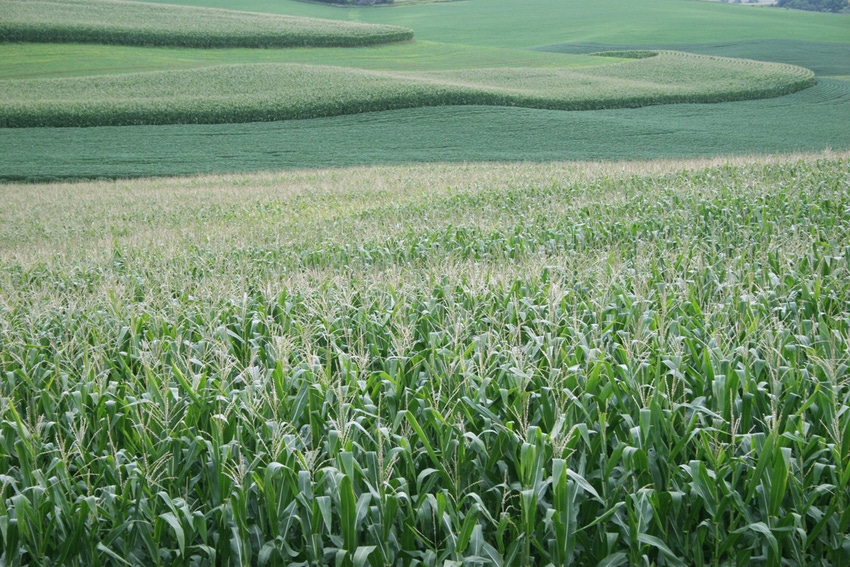July 29, 2011

Agricultural economists recently completed a series of articles dealing with farmland prices that appeared in Choices, a publication of the Agricultural and Applied Economics Association. A general consensus from these articles is that farmland prices are not in a bubble, but current farmland prices may reflect optimist expectations of future farmland returns (see Duffy and Gloy, Boehlje, Dobbins, Hurt, and Baker). Lower farmland returns or higher interest rates could result in lower farmland prices (see Schnitkey and Sherrick).
An asset bubble can occur when an asset’s returns must increase by a large margin over the current return level so as to justify the asset’s current price level. This situation occurred for tech stocks in the late 1990s, when many tech stocks had no income but high stock prices. The high stock prices were based on expectations of high incomes in future years, expectations that turned out to be false. When it was recognized that higher returns would not materialize, the price of many tech stocks declined dramatically.
This asset bubble scenario is not where farmland is currently. Returns to farmland have increased in the last several years due to higher commodity prices. These higher returns then have become capitalized into farmland prices. Moreover, interest rates have decreased in recent years, causing a decline in the return on competing assets and a decrease in the rate at which futures returns are discounted. Given the current low level of interest rates, farmland prices are in line with historical relationships with current farmland returns.
Of farmland return increases and interest rate decreases, the contribution of interest rate decreases to farmland price increases is perhaps less recognized. In 1981, the interest rate on 10-year constant-maturity Treasury notes was 13.9 percent. This rate reached 3.2 percent in 2010. In terms of underlying value of farmland, interest rate decreases have had as large an impact as return increases. Currently, a one percent increase in interest rates will cause the discounted stream of farmland returns to decrease by 24 percent (see Table 1 of Schnitkey and Sherrick).
Before farmland prices decline either expectations of farmland returns will fall or interest rates will increase. Neither seems likely in the short term. Commodity prices are high with futures prices pointing toward high prices for the next several years. The Federal Reserve appears intent on keeping interest rates at low levels for the foreseeable future. Hence, strong farmland price likely will continue until the fundamental factors impacting farmland change.
Source: farmdoc daily http://www.farmdocdaily.illinois.edu/2011/07/farmland_prices_where_to_from.html
You May Also Like




